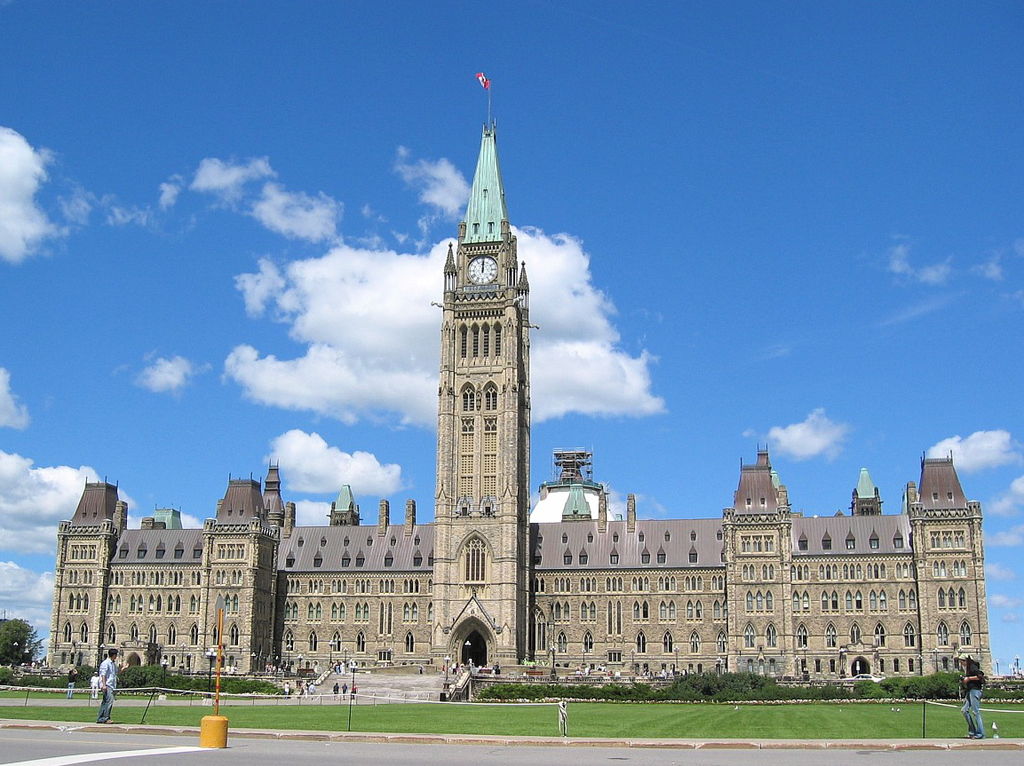When Parliament rose for the summer in late June, political observers awaited a much-anticipated election call. Though the Liberal government is not even two years old and is nowhere near the fixed election date of October 2023, opinion poll data indicate that a majority government for the Liberals is increasingly within reach. Though it could be said that the motivations for the early election call are purely partisan, the election campaign is poised to be a highly compelling one. In the past, our parties have been accused of crowding the political centre in the scramble for votes, thereby failing to offer a true spectrum of choices based on competing values and policy choices. But this election stands to be different; the parties’ offerings will likely be more distinctive than usual.
This is not to suggest that parties will abandon their vote-aggregating functions entirely; they need to pitch a big tent if they want to form a government. In order to turn their minority into a majority, Prime Minister Justin Trudeau and the Liberals are counting on a strong showing in Ontario, Quebec, and Atlantic Canada both in urban and rural ridings. Gains in the West are also a possibility. It is rumoured that the Prime Minister will seek a dissolution of Parliament in mid-August, when the government’s handling of the COVID-19 crisis and the vaccine rollout, as well as promises of a national childcare program, universal broadband, and a high-speed train from Toronto through to Quebec City, are still fresh in voters’ minds.
The governing Liberals stand to benefit from disarray on the other side of the House. Erin O’Toole has been the leader of the Conservatives for less than a year and, according to the polls, has struggled to resonate with voters. An Ipsos/Global News poll released in June put Conservative support at just 26 per cent nationally, a full 12 points behind the Liberals. Though O’Toole’s lack of momentum would seem like good news for the Liberals, it’s not really the Conservatives that they have to worry about. The Greens are imploding in a crisis of their own making, but the New Democrats are holding steady at around 20 per cent. The NDP is the party with the most appeal to voters under 35, which presents a significant growth opportunity for them – but only if they can mobilize that vote on election day.[1]
A big piece of the Liberals’ campaign strategy is that they need a majority to be able to deliver fully on their proposed mandate. They’ll say that another minority won’t cut it. As evidence to support this claim, they will point to two bills that were left lingering when the Senate adjourned for the summer: Bill C-6 (prohibitions on conversion therapy) and Bill C-10 (changes to the Broadcasting Act). Though both bills made it through the House, the Liberals contend that opposition filibusters and obstructionism slowed legislative progress to the point that the Senate got the bills too late to be able to get them through. Should the Prime Minister call an election this summer, the bills will die in the Senate and have to be reintroduced in the next Parliament in order to become law.
Bill C-10 has had many vocal critics throughout its journey through the House of Commons, to the point where there is a palpable sense of relief that the bill will not become law in its current form. The government has said that the primary objectives of the bill are to bring social media broadcasters under the same regulations, standards, and expectations that govern more traditional broadcasting platforms and to promote Canadian artists, producers, and content. However, the lack of clarity around how the bill would affect social media users has led to concerns about censorship. The criticisms of the bill have been vocal and persuasive enough to drown out the government’s narrative around fairness. For its part, the Senate showed no interest in extending its sitting into the summer in order to process the bill. Senator Michael MacDonald from Nova Scotia described the bill as “Orwellian.”
Bill C-6, which would amend the Criminal Code to introduce prohibitions on conversion therapy, is also at risk of dying on the order paper in the very likely event that an election is called prior to the resumption of parliamentary business. In the House, the bill received unanimous support from all parties except the Conservatives. Sixty-two Conservative MPs and one Independent (Derek Sloan, former Conservative) voted against the bill, sparking outrage among the LGBTQ community and beyond.
The Liberals seek to turn their minority into a majority, even though the unwavering support of the NDP has given the Liberals a de facto majority for months. Despite these overtly partisan motivations (which are no surprise), the campaign will reflect the circumstances in which we find ourselves in. It will consist of substantive and meaningful discussions about how values, identity, reconciliation, and inclusive growth. The parties will be pushed to differentiate themselves along these axes, thereby giving voters clear choices for the future. These are fundamental questions about the role of the state and party leaders will be under pressure to give decisive answers. Whether this adds up to a majority for the Liberals remains to be seen.
[1] Guly, Christopher. 2021. “’They haven’t got a competitor who’s remotely close’: Liberals on track to win majority in expected September election, but still a few wild cards.” The Hill Times. Available at: https://www.hilltimes.com/2021/07/05/they-havent-got-a-competitor-whos-even-remotely-close-liberals-on-track-to-win-majority-in-expected-september-election-but-still-a-few-wild-cards/304638

